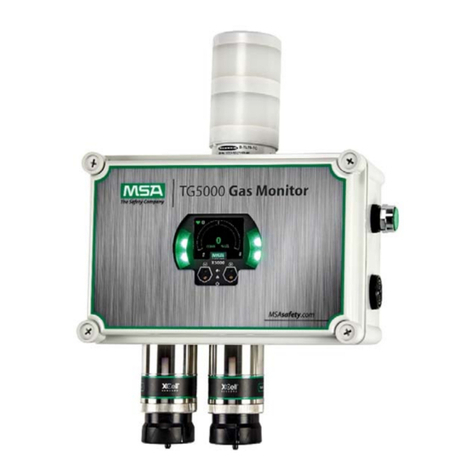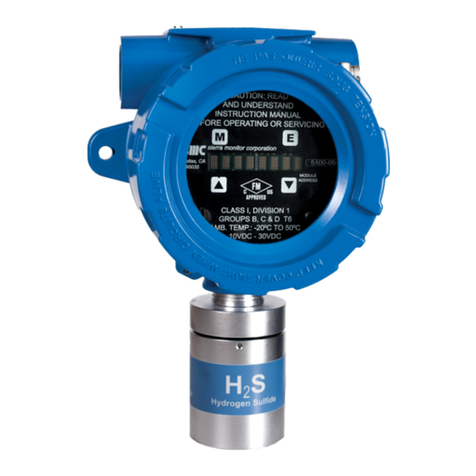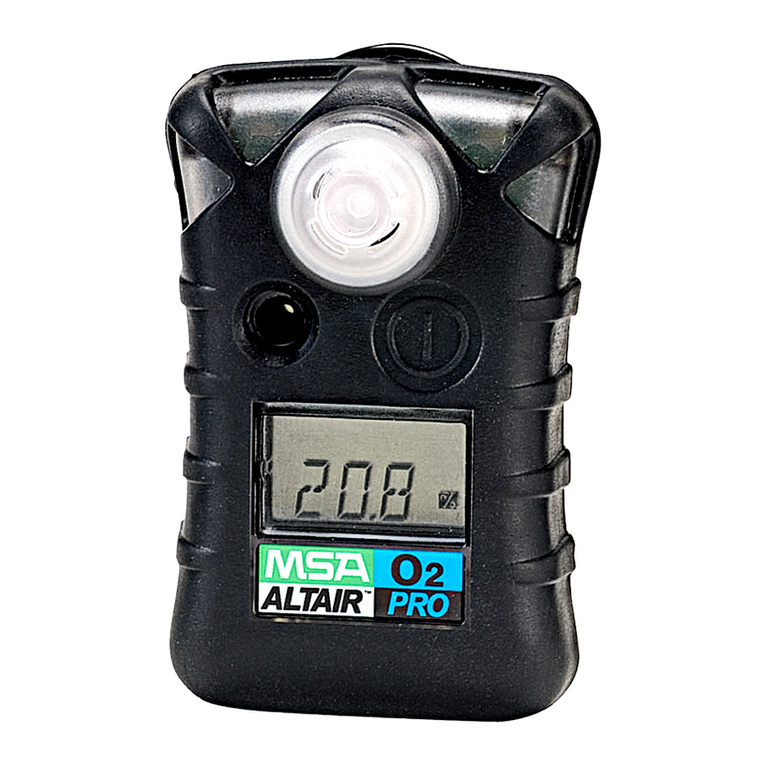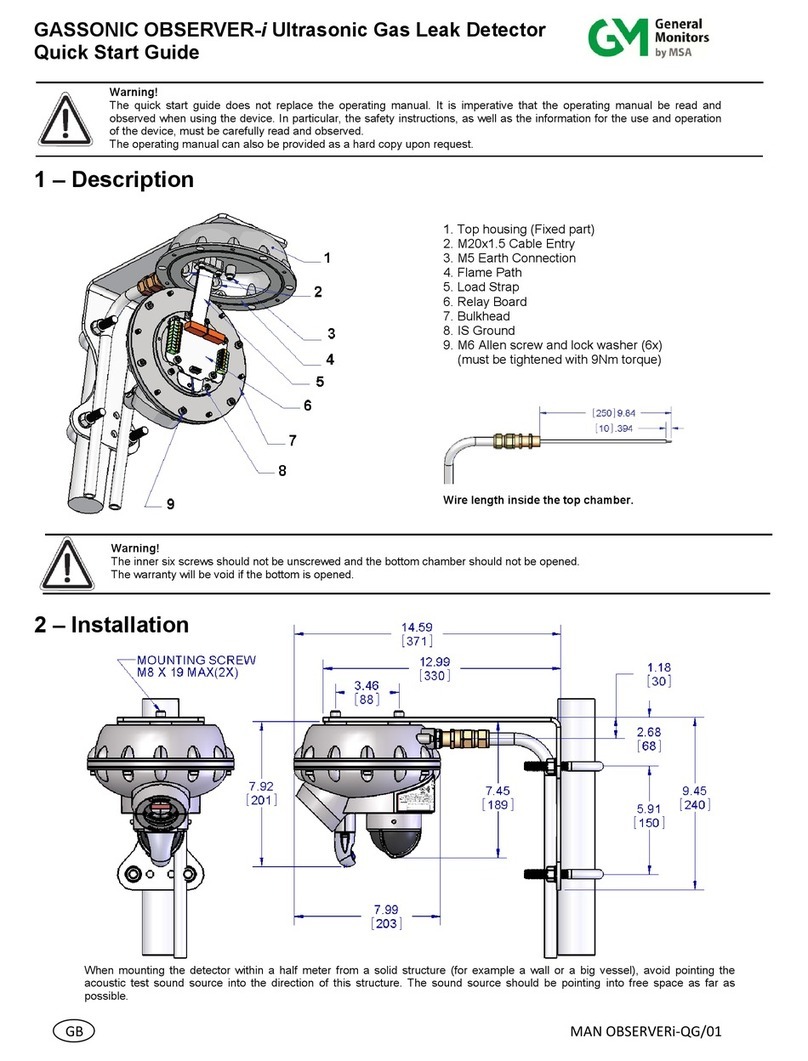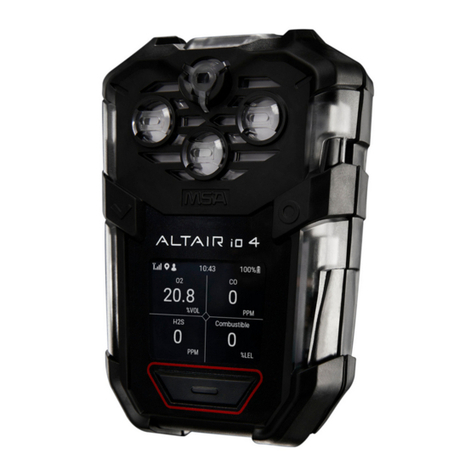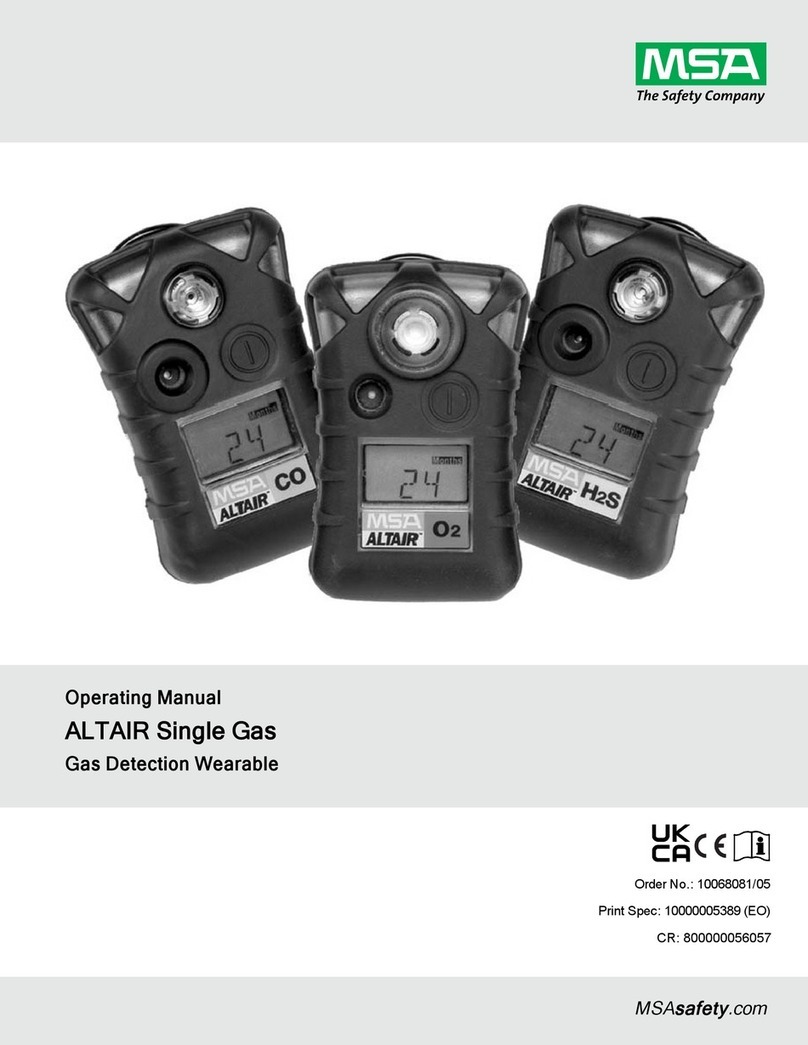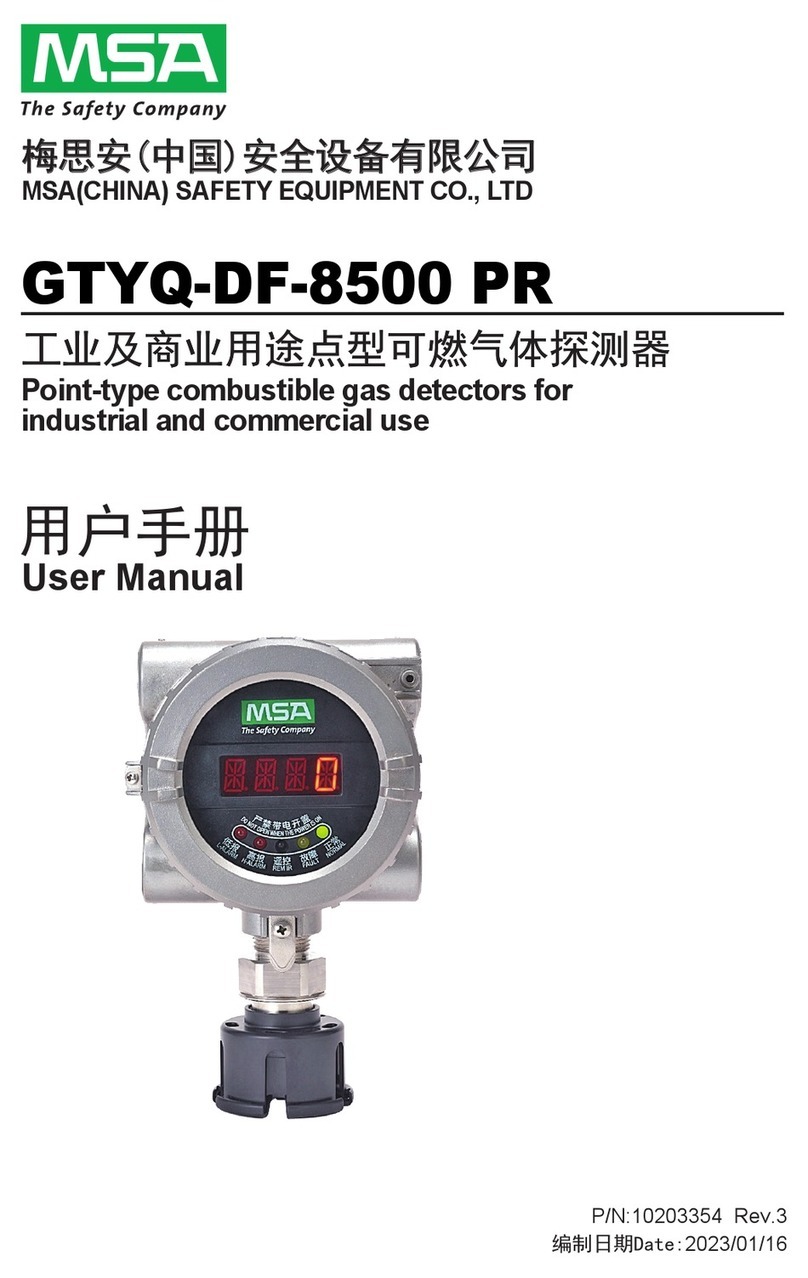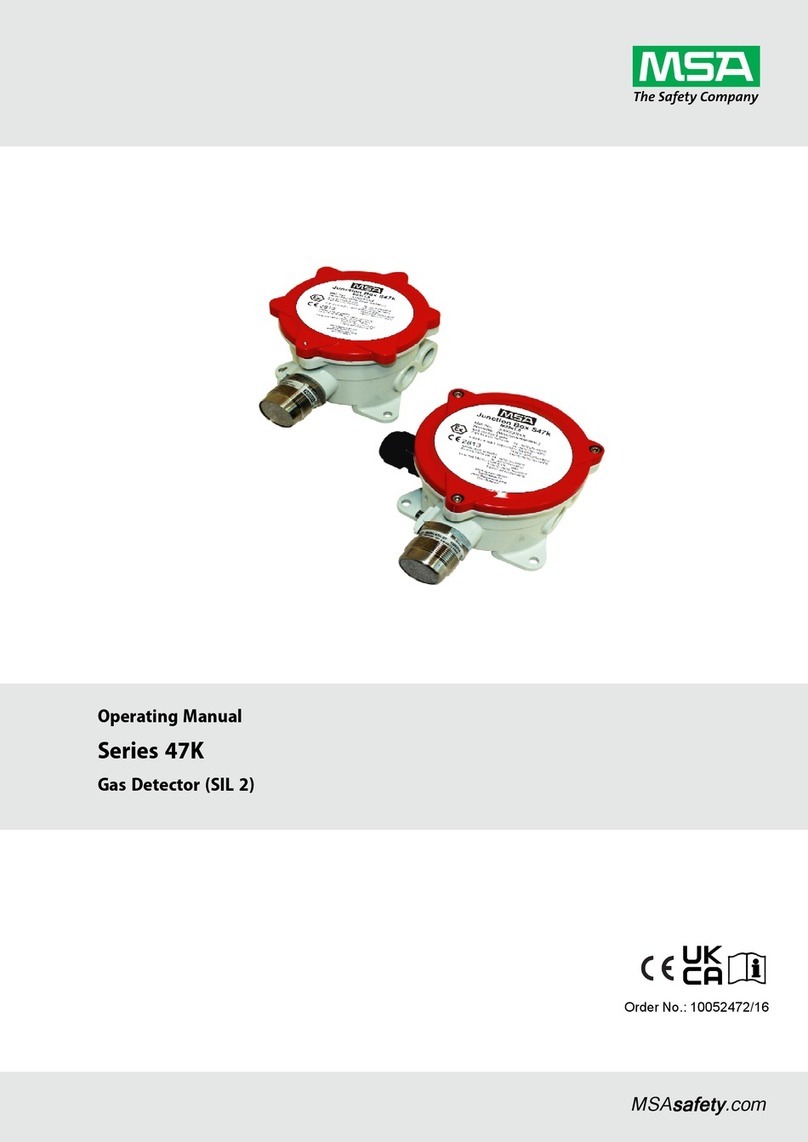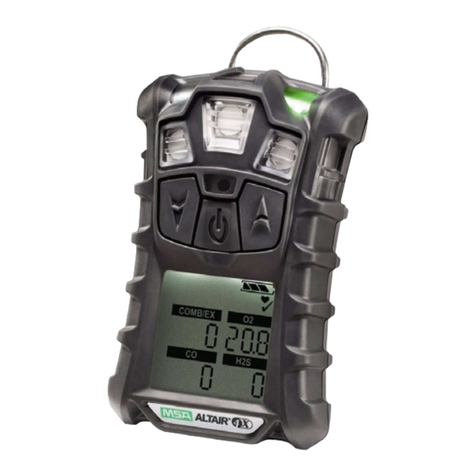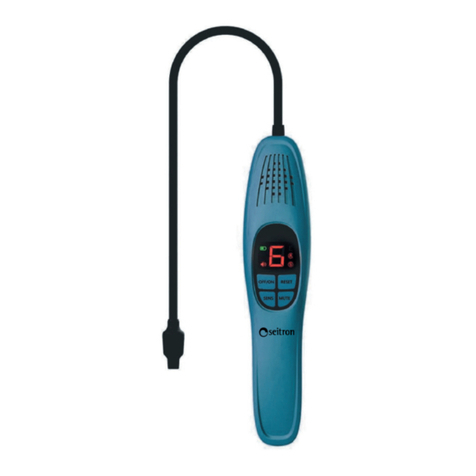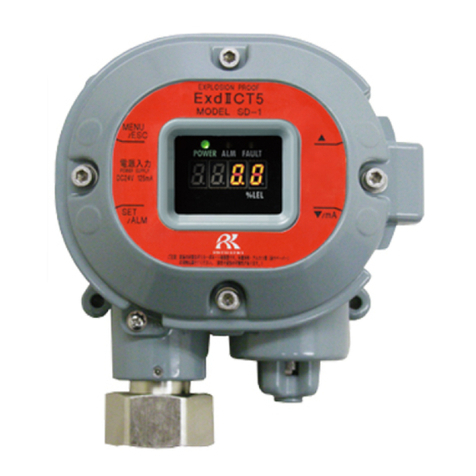
iv
10.5 COMMAND #142 RESET EVENT HAPPENED FLAG............................................................13
10.6 COMMAND #143: READ EVENT LOGGING COUNTERS.....................................................14
10.7 COMMAND #144: CLEAR EVENT LOGGING COUNTERS...................................................14
10.8 COMMAND #146: READ ALARM EVENT LOG......................................................................15
10.9 COMMAND #147: READ FAULT EVENT LOG.......................................................................16
10.10 COMMAND #148: READ MAINTENANCE EVENT LOG........................................................16
10.11 COMMAND #149: SET CLOCK...............................................................................................17
10.12 COMMAND #150: READ CLOCK............................................................................................18
10.13 COMMAND #151: SET RUN TIME METER............................................................................18
10.14 COMMAND #152: READ RUN TIME METER.........................................................................19
10.15 COMMAND #154: SET EVENT INDEX...................................................................................19
10.16 COMMAND #155: GET EVENT INDEX...................................................................................20
10.17 COMMAND #156: READ CALIBRATION EVENT LOG..........................................................20
10.18 COMMAND #163: GET FAST CHANGING INFORMATION...................................................21
10.19 COMMAND #164: GET SLOW CHANGING INFORMATION.................................................22
10.20 COMMAND #165: GET SET UP INFORMATION ...................................................................22
10.21COMMAND #166: GET DEVICE FIRMWARE REVISION ......................................................24
10.22 COMMAND #169: LOAD FACTORY DEFAULT SETTING.....................................................24
10.23 COMMAND #170: SET CURRENT RANGE............................................................................25
10.24 COMMAND #171: SET DETECTION MODE ..........................................................................25
10.25 COMMAND #172: SET ENHANCE MODE AO .......................................................................26
10.26 COMMAND #192: DO CALIBRATION.....................................................................................27
10.27 COMMAND #195: DO ACOUSTIC TEST................................................................................27
10.28 COMMAND #201: SET ALARM DELAY TIME........................................................................28
11.0 TABLES..................................................................................................................29
11.1 OBSERVER-i DEVICE SPECIFIC COMMANDS SUMMARY.................................................29
11.2 OBSERVER-i–OPERATING MODES....................................................................................30
11.3 OBSERVER-i–CALIBRATION SUBMODE............................................................................30
11.4 CALIBRATION EVENT LOG –CAUSE DESCRIPTION.........................................................30
11.5 MAINTENANCE EVENT LOG –CAUSE DESCRIPTION.......................................................31
11.6 ALARM EVENT LOG –DETECTION DESCRIPTION ............................................................31
11.7 FAULT EVENT LOG –CAUSE DESCRIPTION......................................................................31
12.0 PERFORMANCE ....................................................................................................32
12.1 SAMPLING RATES..................................................................................................................32
12.2 POWER-UP .............................................................................................................................32
12.3 DEVICE RESET.......................................................................................................................32
12.4 SELF-TEST..............................................................................................................................32
12.5 COMMAND RESPONSE DELAY............................................................................................32
12.6 BUSY AND DELAYED-RESPONSE........................................................................................32
12.7 LONG MESSAGES..................................................................................................................32
12.8 NON-VOLATILE MEMORY (NVM)..........................................................................................32
12.9 OPERATING MODES..............................................................................................................33
12.10 WRITE PROTECTION.............................................................................................................33
13.0 APPENDIX..............................................................................................................34

